|
Click on
the pictures to enlarge them
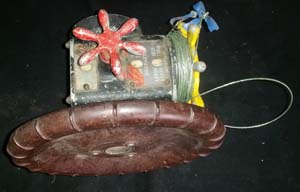
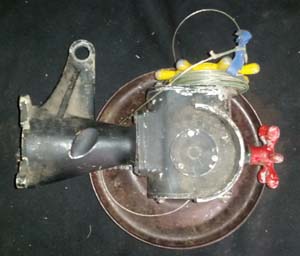
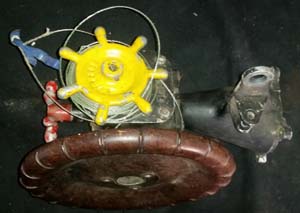
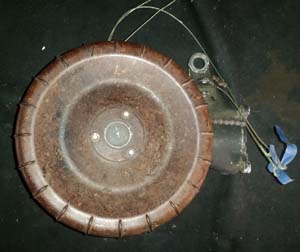
|
Lancaster trim tower (Cont
pg4
No 1)
This is an original and incredibly rare
piece in the last fifteen years this is the first one I have
seen survivors of this piece are limited to only a hand full
worldwide.
This piece is complete and in working
order all the wheels turn as they should do and it comes
with part of the original cable.
Please enlarge the pictures to see its overall
condition.
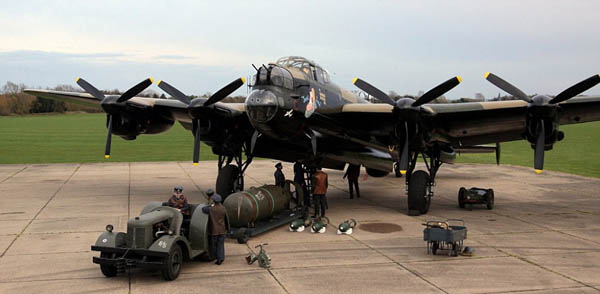
Lancaster trim tower
seen in situ below.

£3995


|
|
Click on the
pictures to enlarge them
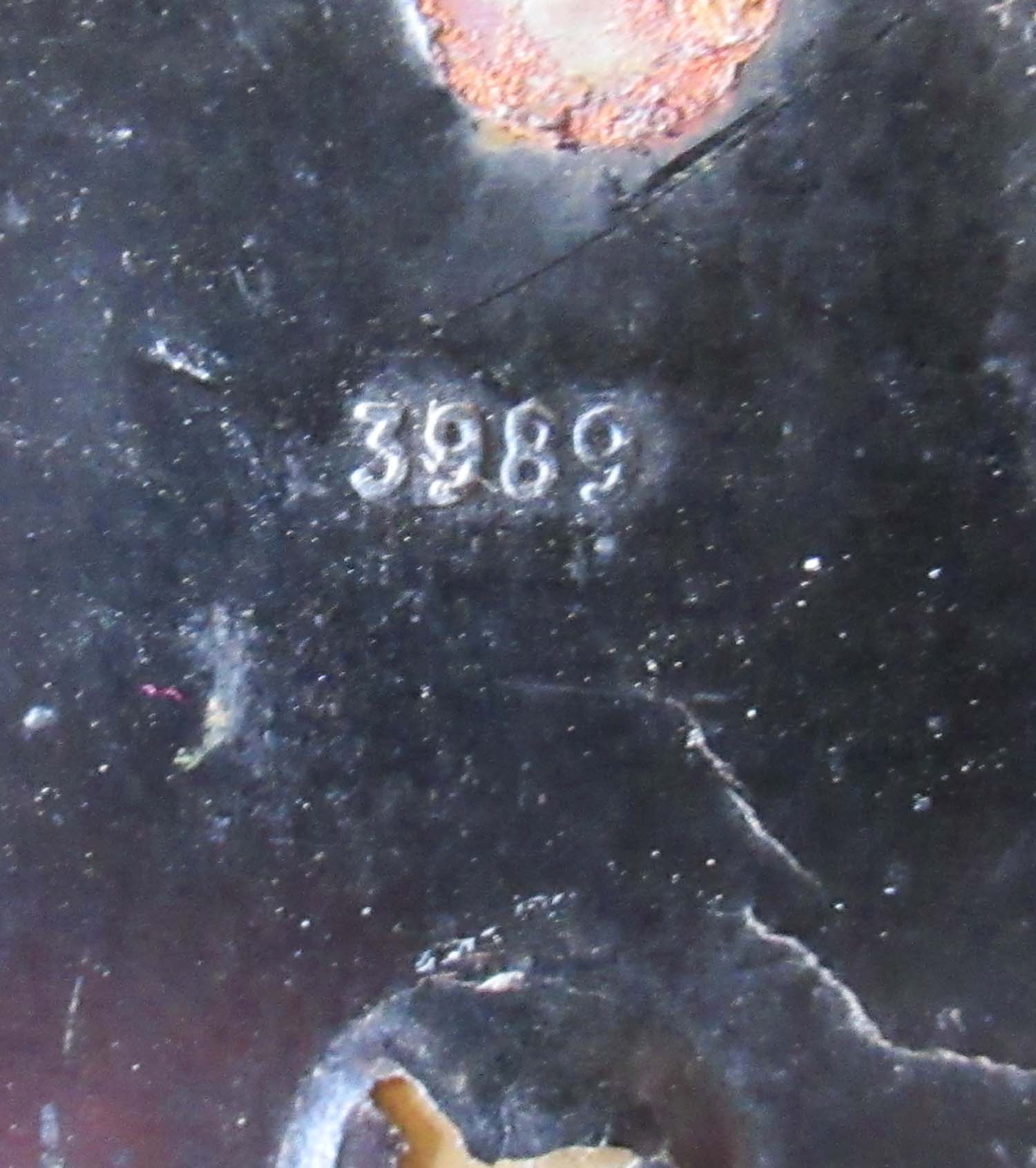
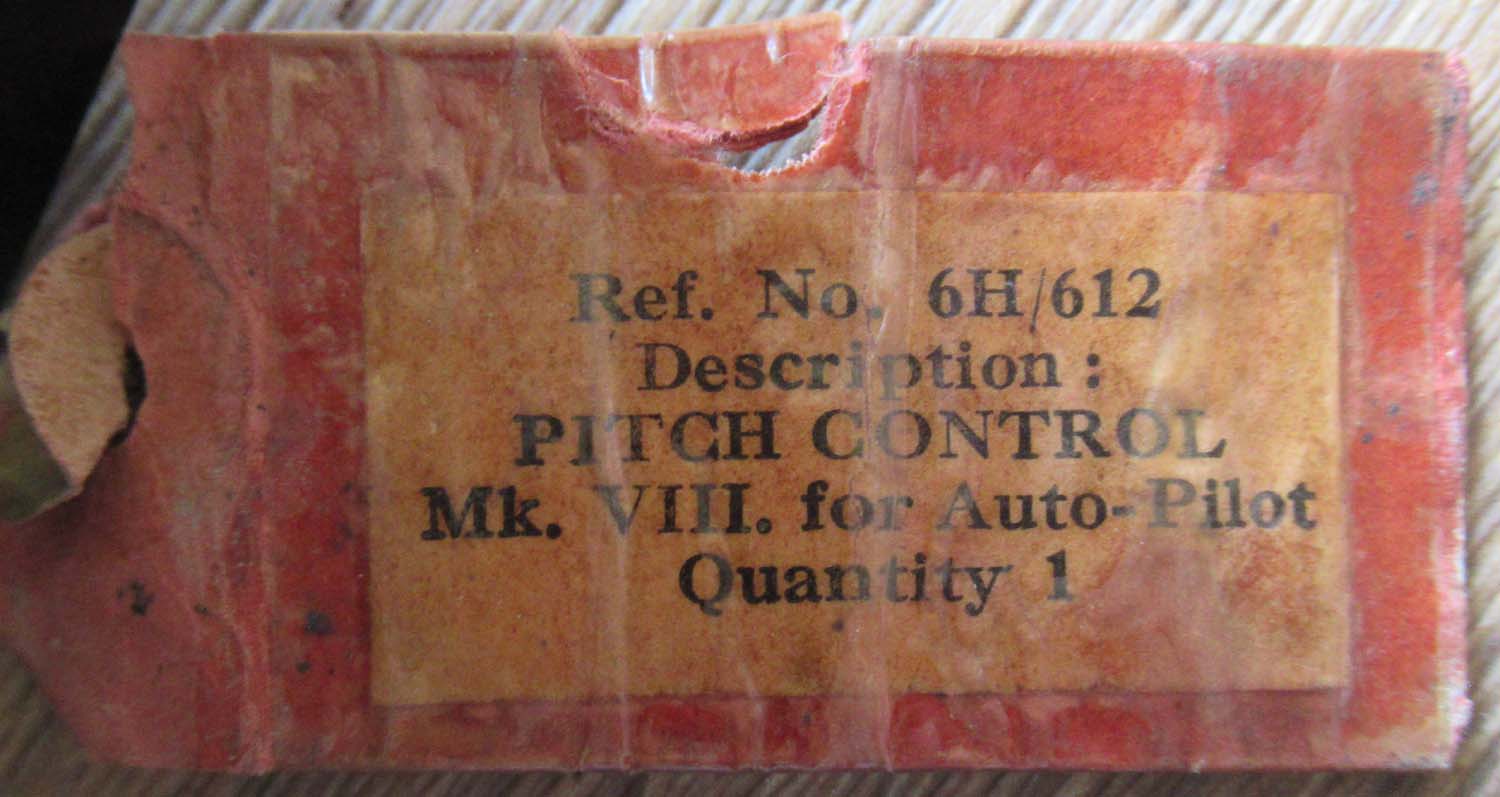
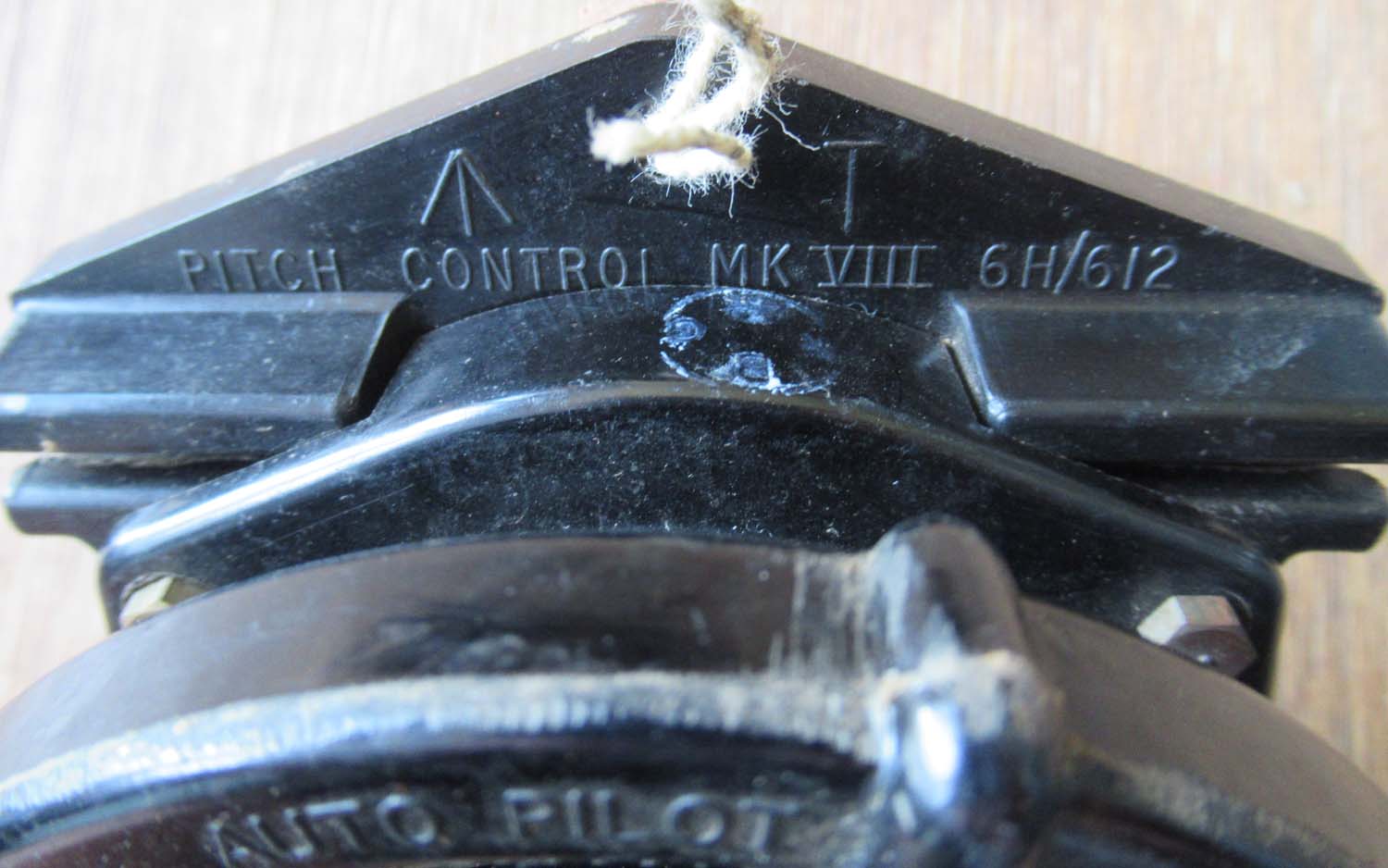
|
Lancaster MK VIII Auto Pilot Pitch Control (Cont
pg4 No 9) This a
trim unit which worked in conjunction with the MK VIII Lancaster
auto Pilot system. It was located the RHS of the Pilot. In nice
ordinal condition.
A/M 6H/612
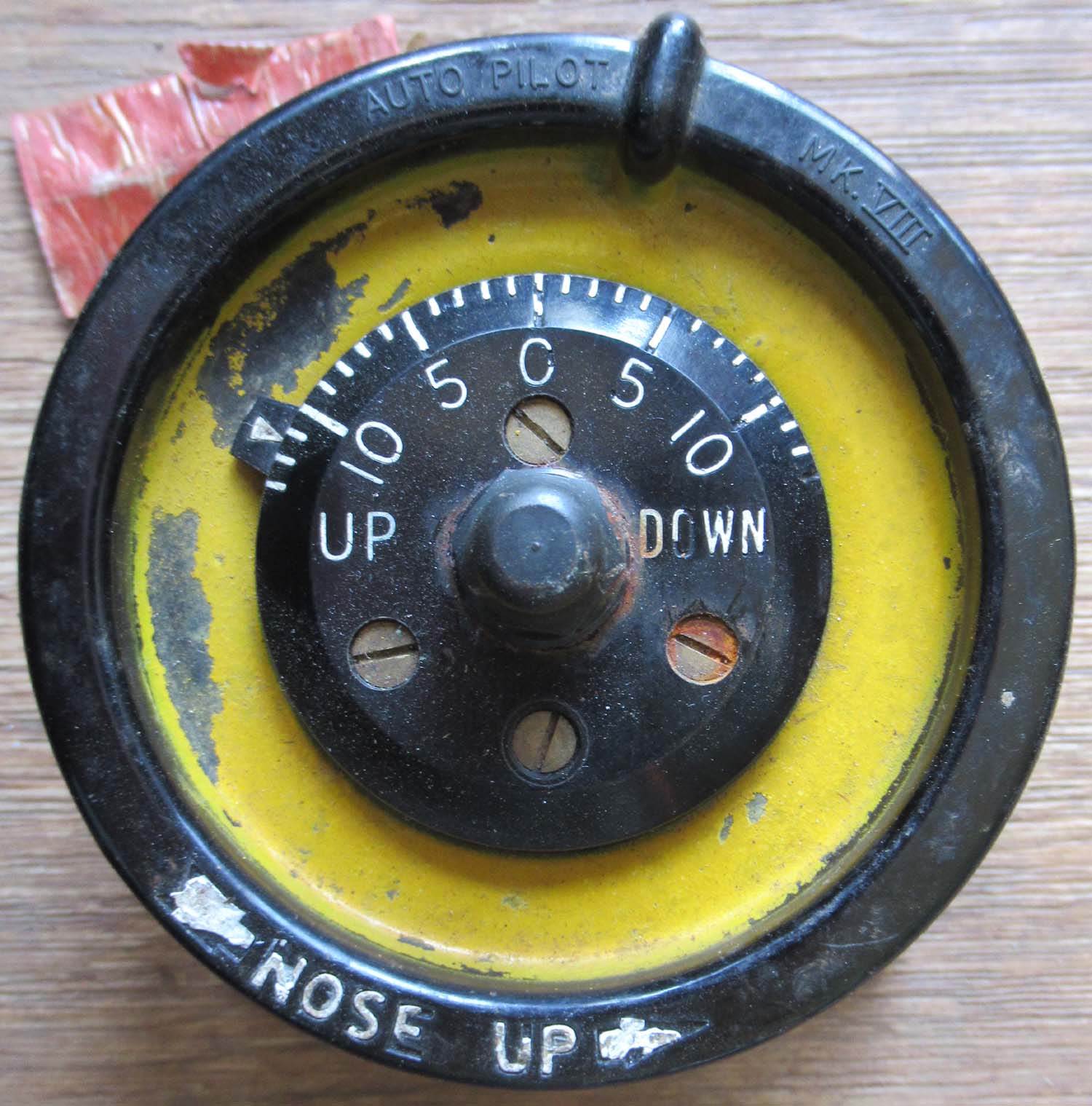
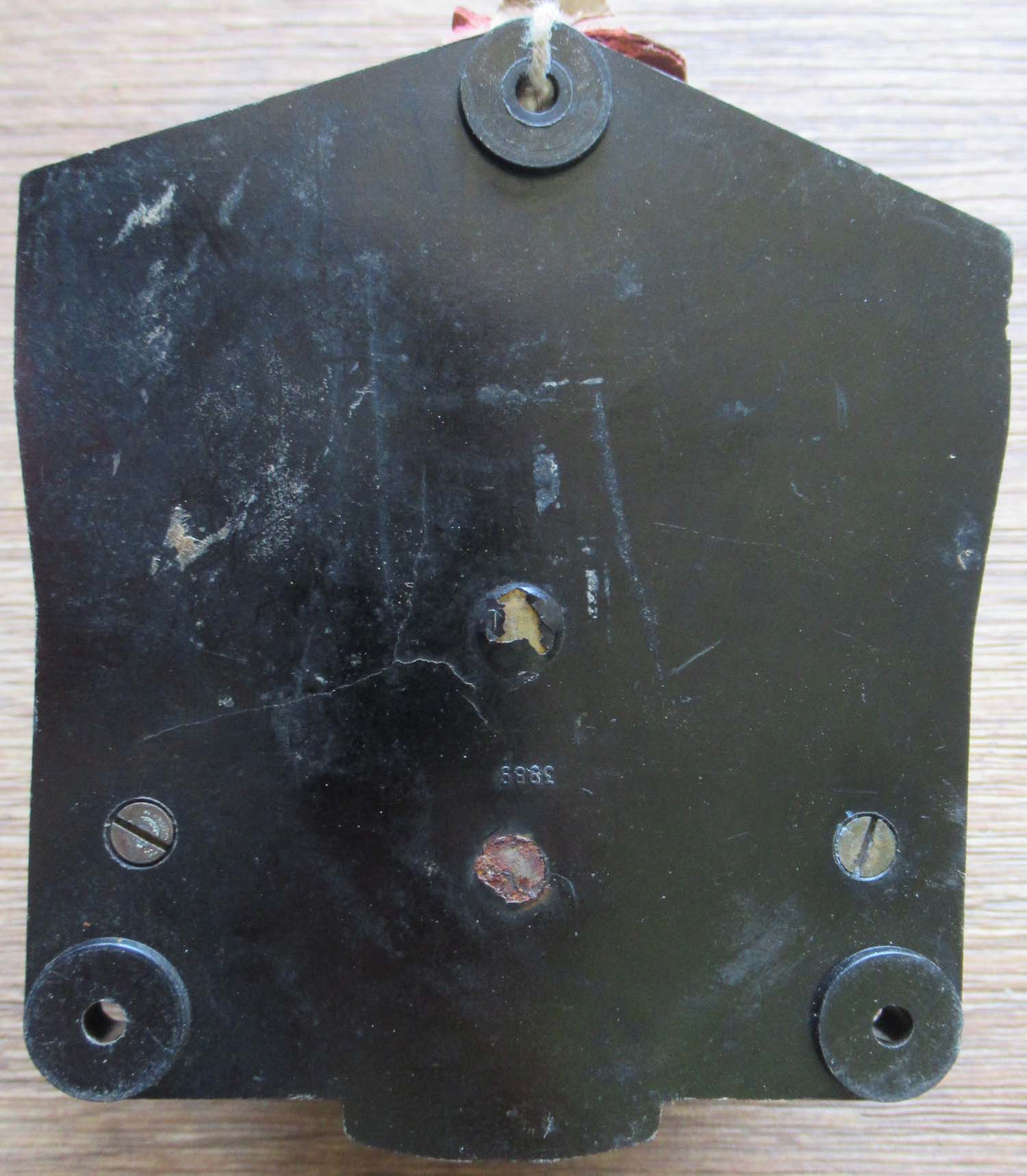
Click on the
pictures to enlarge them
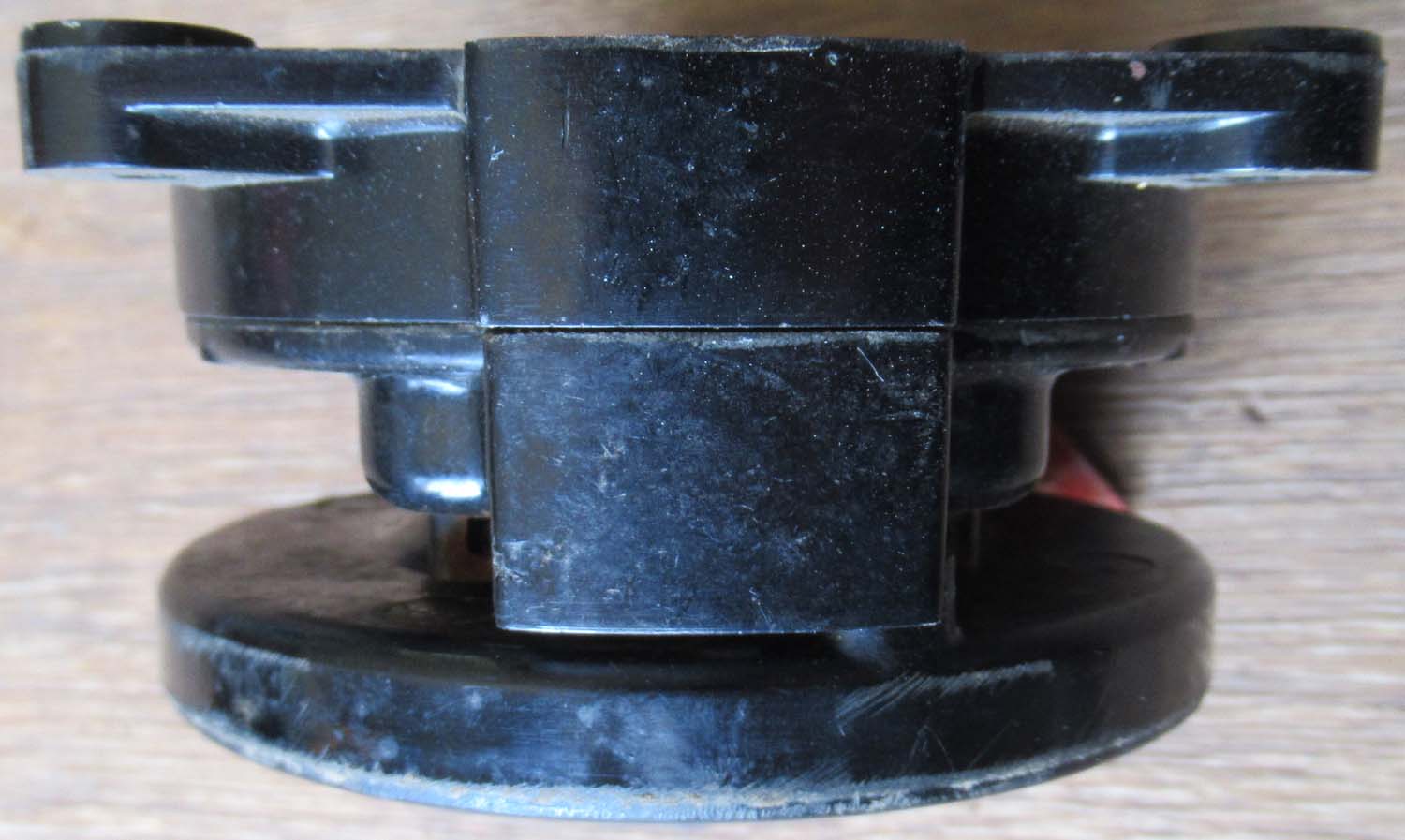
£295

 |
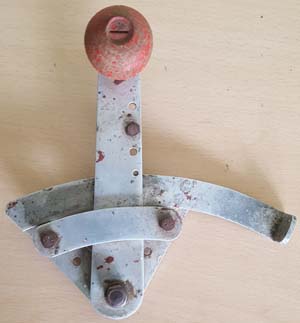
Click on the
pictures to enlarge them.
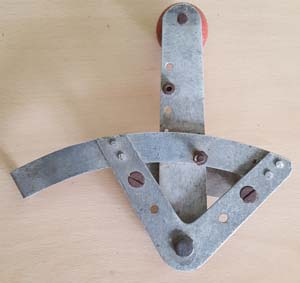
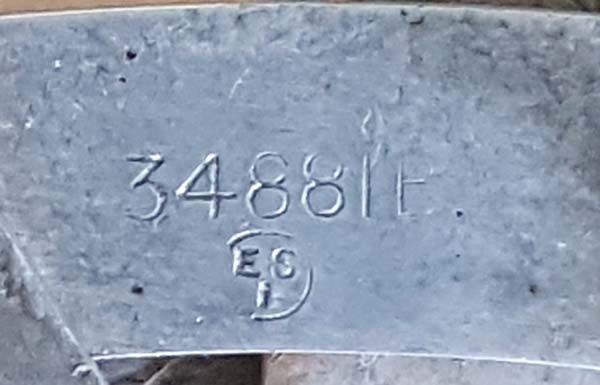 |
Gipsy Moth Trim control (Cont
pg4 No 8)
Here is a trim
lever from a Gipsy Moth .
The
de Havilland Moths were a series of light aircraft,
sports planes and military trainers designed by Geoffrey de
Havilland. In the late 1920s and 1930s they were the most common
civil aircraft flying in Britain and during that time every
light aircraft flying in the UK was commonly referred to as a
‘Moth’, regardless if it was de Havilland-built or not.
The first Moth was the DH.60 – a straight-winged two-seater
bi-plane. To enable storing the plane in small spaces, the
DH.60’s wings could fold backwards against the fuselage, “Like a
moth” remarked Geoffrey de Havilland, an avid lepidopterist and
so the plane was nicknamed
Moth from the drawing board on. The Moth was also
one of the first light aircraft to be mass-produced and was
available to a much wider section of the general public than
previous aircraft designs.
First variations of the name began with changes in the engine
used for the DH.60. Early variants included the
Hermes
Moth,
Genet
Moth and
Gipsy
Moth (which Amy Johnson flew to Australia). As the
DH.60 became more and more popular, de Havilland decided to cash
in on the fame of the original by giving each of his new designs
a name ending with
Moth.
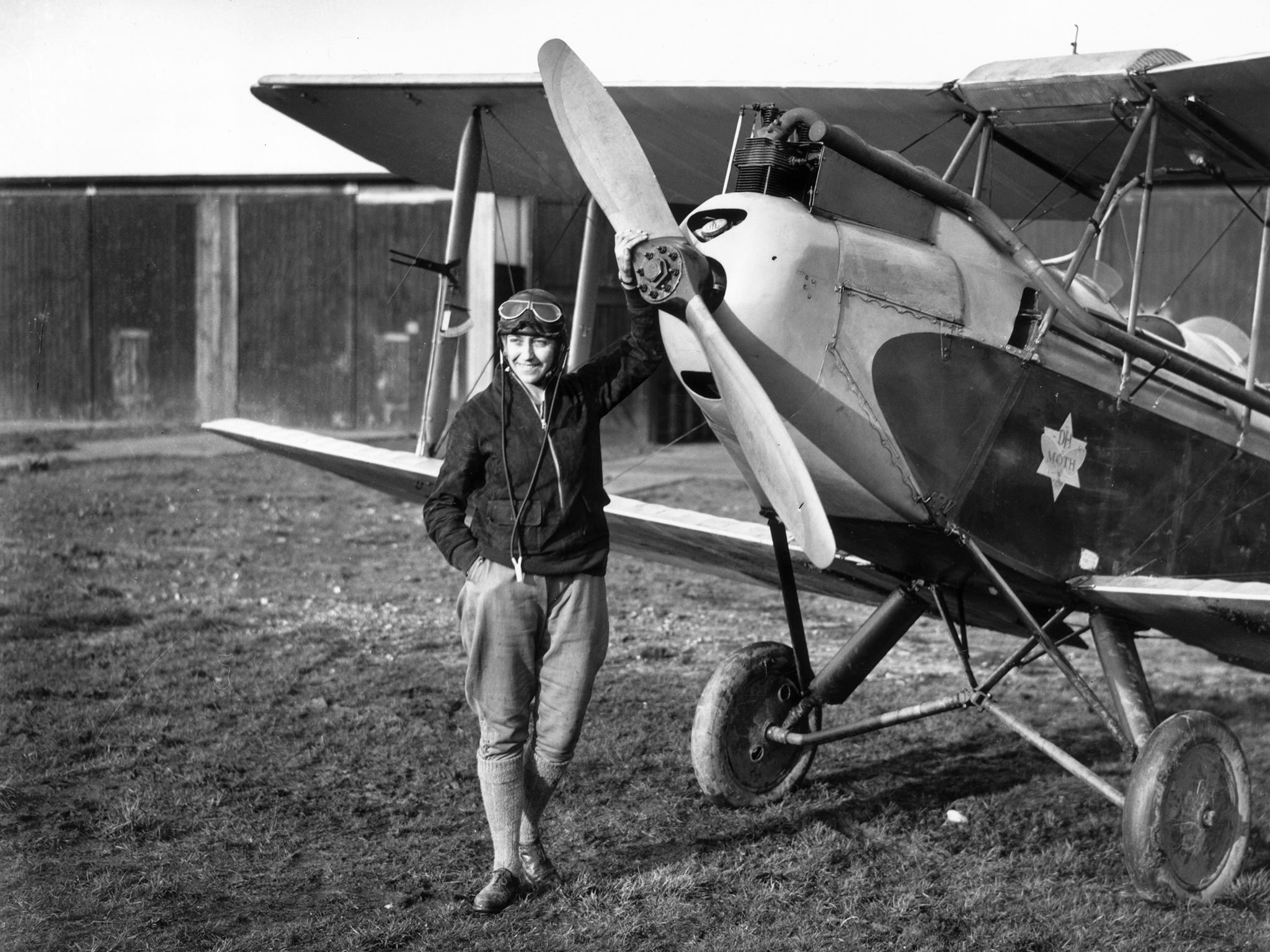
Shown above Amy Johnson
with her Gipsy Moth.
OUT OF STOCK
MORE WANTED
Contact us |
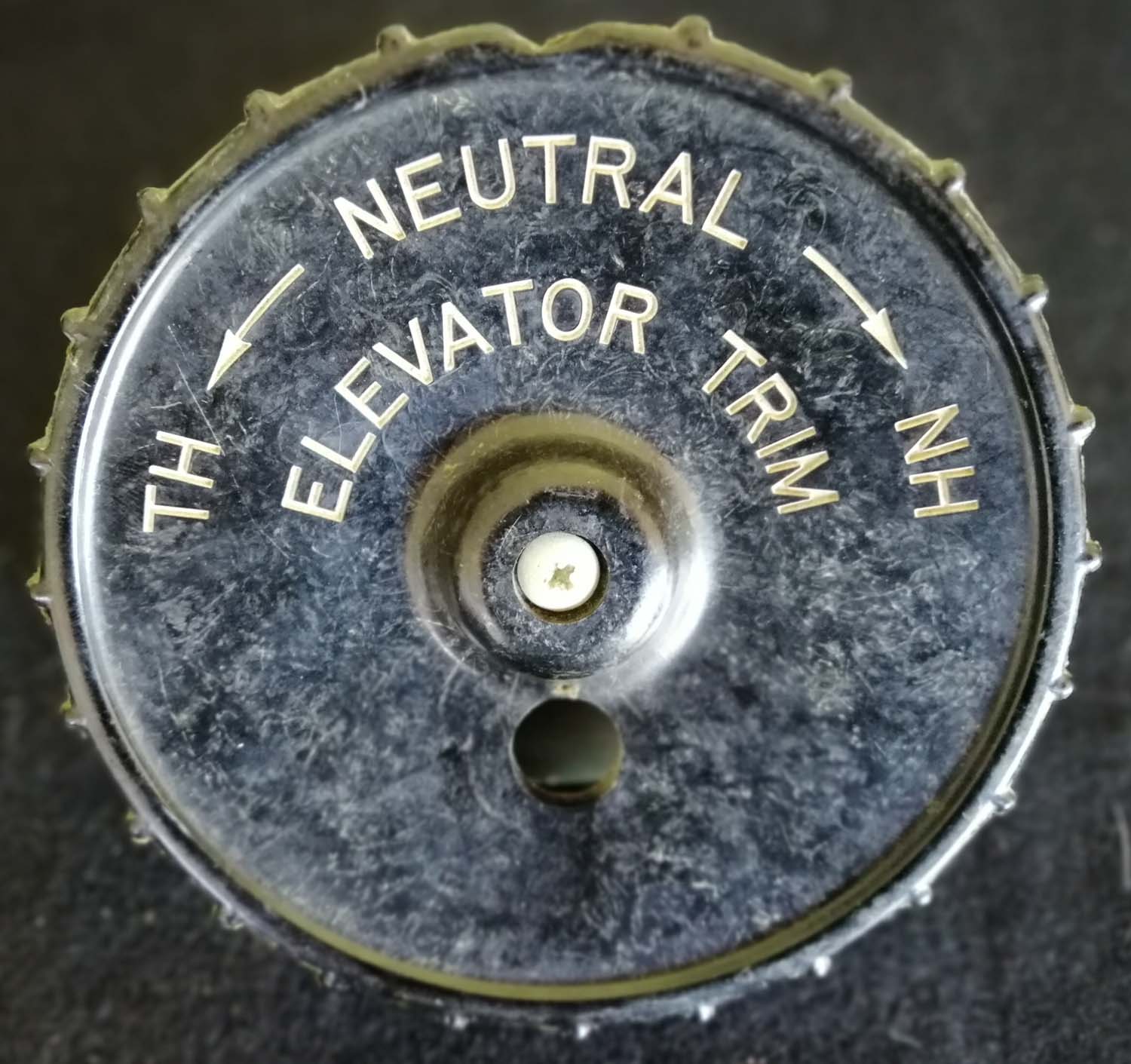
Click on
the pictures to enlarge them
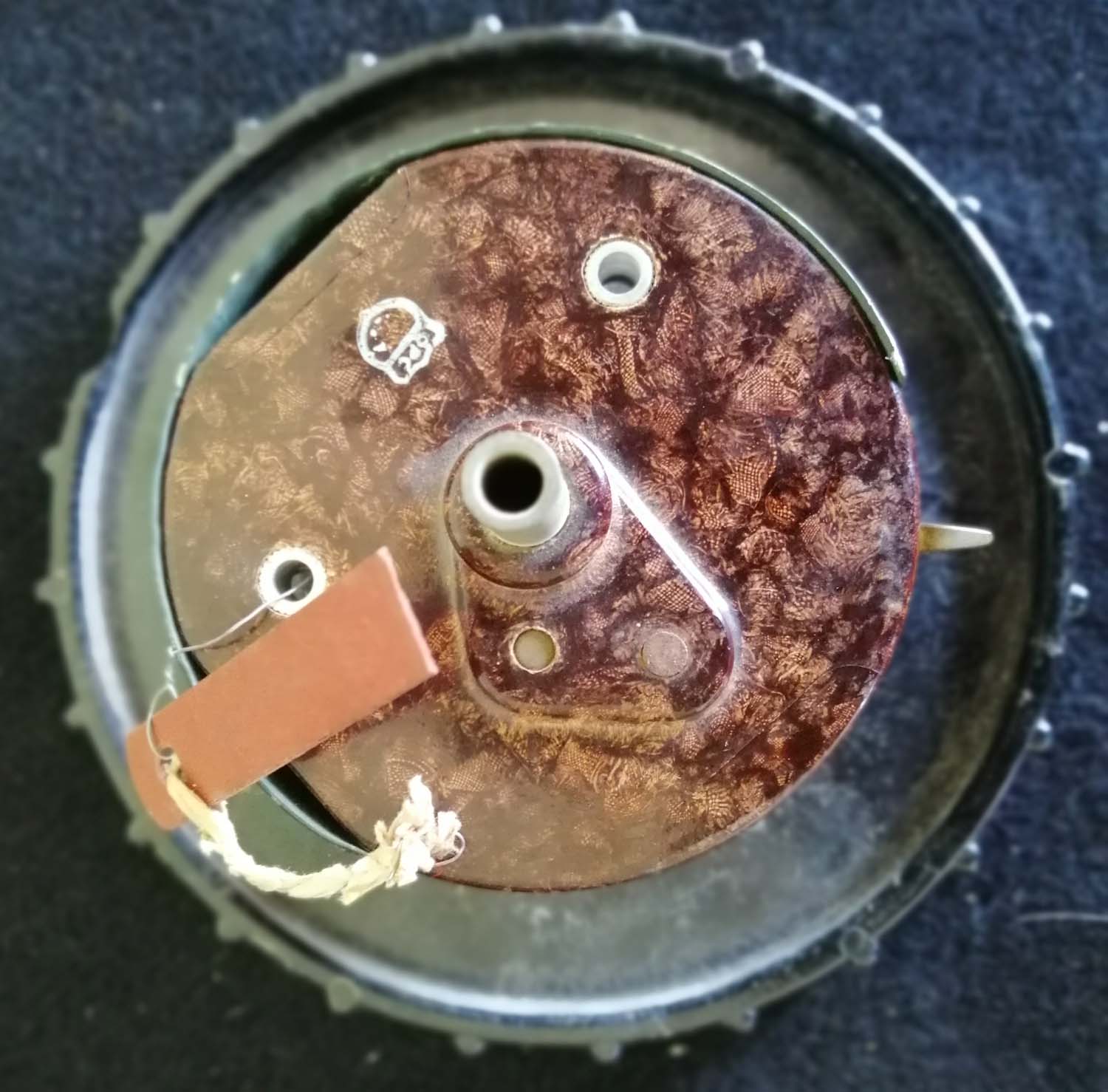
|
P51 D Mustang Elevator trim (Cont
pg4 No 7)
Here is a trim unit for
a P51 D Mustang in good original condition.
Click on
the pictures to enlarge them
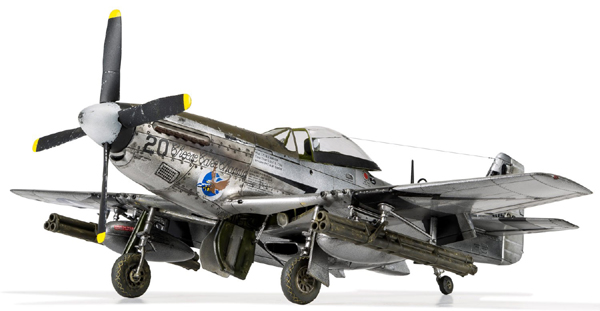
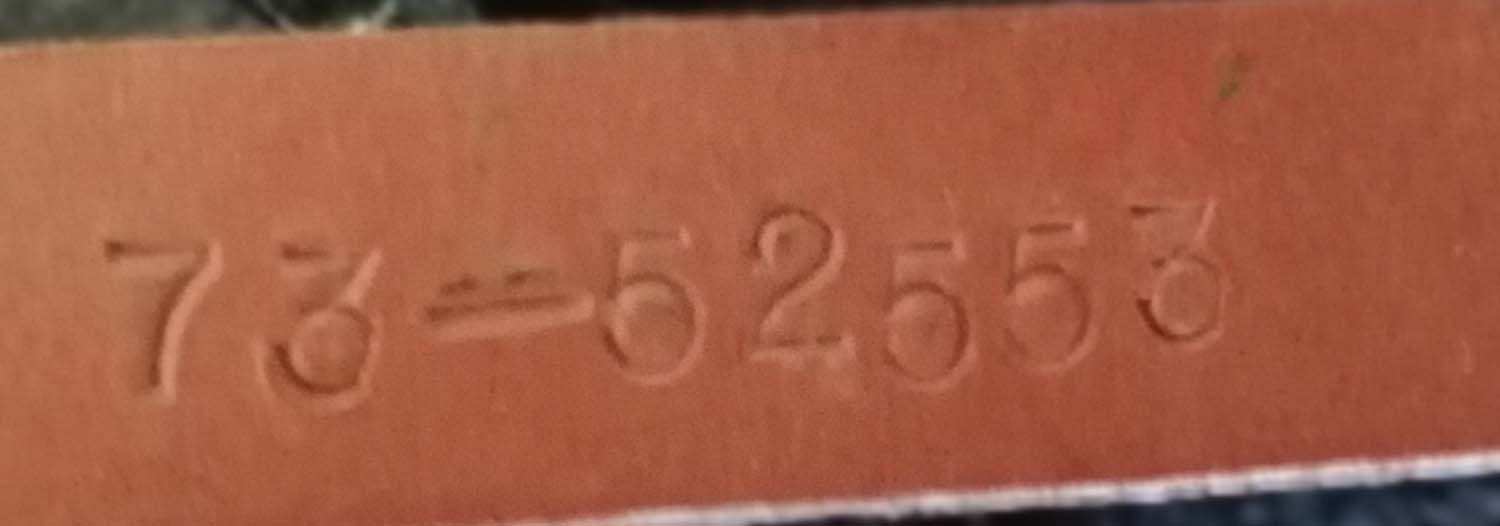
£1800


|
|
Click on
the pictures to enlarge them
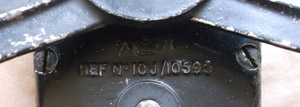
The Halifax below attacked
the Tirpitz
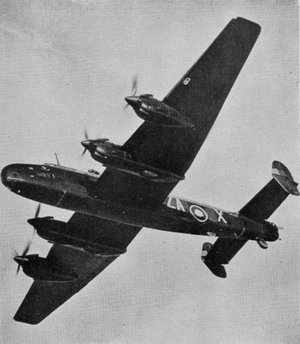
Wheel in position in a
Hallifax

A Halifax returns to base after a long
and dangerous mission. Can there have been a more intense
feeling of relief for the crew as at this moment they
come safely into land over their own base
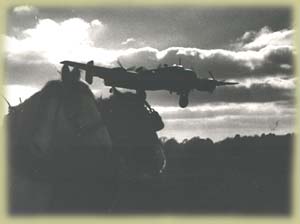 |
Handley page Halifax D.F
Loop Aerial Wheel (Cont pg4 No 6)
A really
nice and extremely rare
wheel for a remote D.F.
loop drive (aerial). Would be located in the Wireless
Ops position, of the Halifax. A/M crown so manufactured
before 1944.
This has the Air Ministry
Ref: 10J/10595
The second of
Britain's four-engine bombers to enter frontline service,
Handley Page's Halifax has forever lived in the shadow of
Avro's superb Lancaster. However, it was a Halifax which
became the first RAF 'heavy' to drop bombs on Germany when
No.35 Squadron raided Hamburg on the night of 12th/13th
March 1941. Between 1941-45, the Halifax completed some
75,532 sorties (compared with the Lancaster's 156,000) with
Bomber Command alone, not to mention its sterling work as
both a glider tug and paratroop carrier with the Airborne
Forces, maritime patrol mount with Coastal Command and
covert intruder with the SOE. The Halifax was also the only
RAF four-engine bomber to see action in the Middle East.
Built in six major variants (and numerous sub-series within
these variants) which differed primarily in the type of
engine employed, no fewer than 6176 Halifax's were completed
for the RAF between October 1939 and November 1946
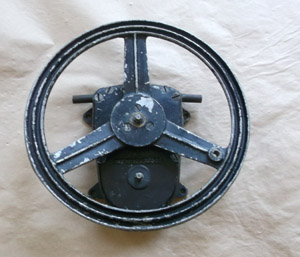
Click on
the pictures to enlarge them
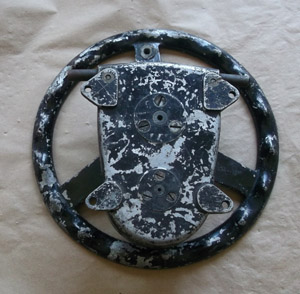
£299


|
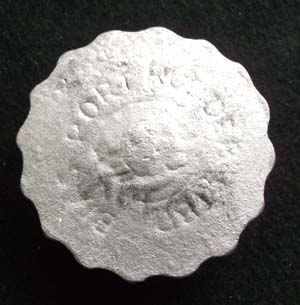
Click on
the pictures to enlarge
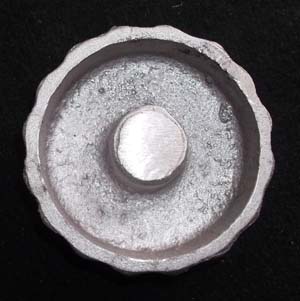
|
Spitfire Rudder
trim tab (Cont pg4 No 5)
This is a reproduction Spitfire rudder trim tab cast in
alloy, It requires some finishing but
its the best available at present.
Shown in situ in a Spitfire cockpit
under.
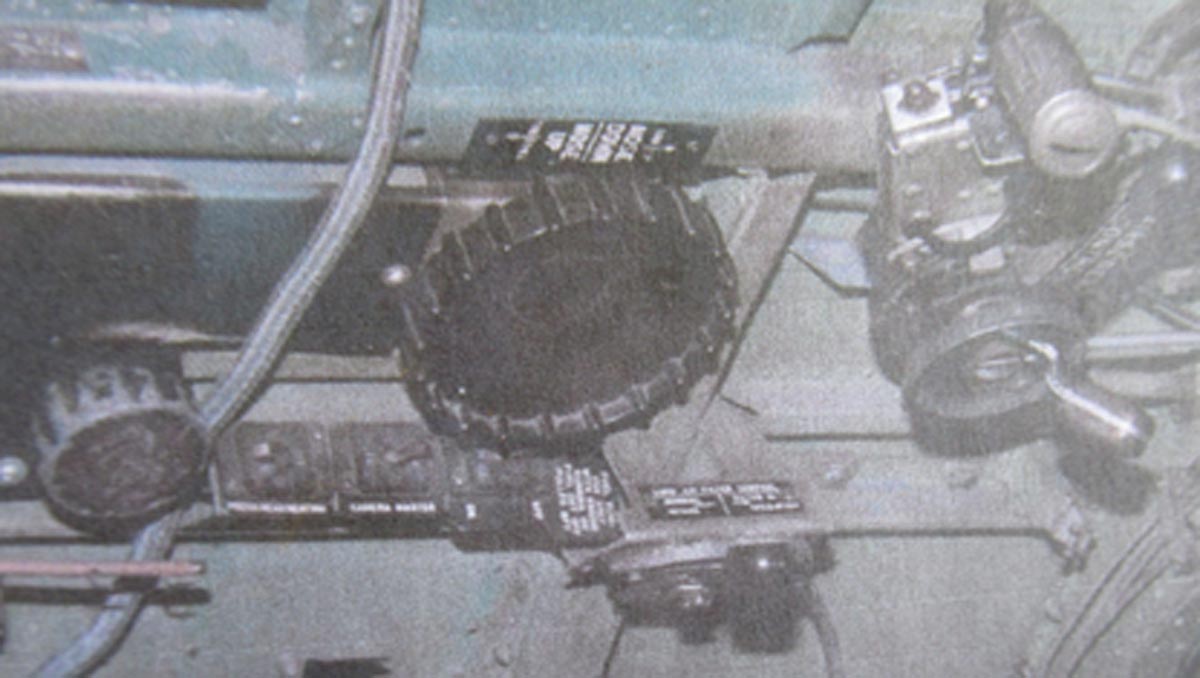
£75


|
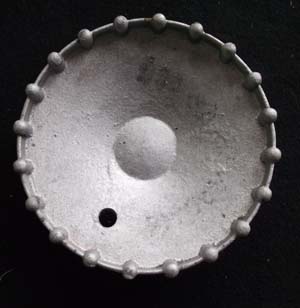
Click on the
pictures to enlarge
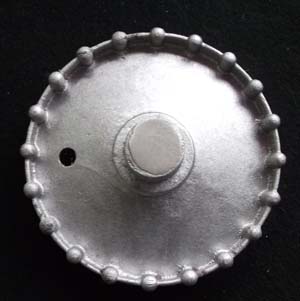
|
Repro Spitfire
Elevator trim wheel (Cont pg4 No 4)
Here is a Spitfire Elevator trim wheel
Reproduction cast in alloy
Shown in situ in a Spitfire cockpit
under.

£150


|
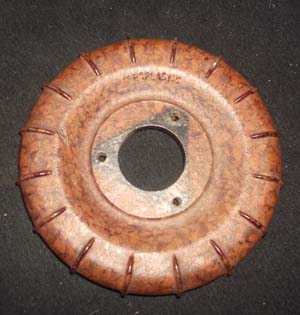
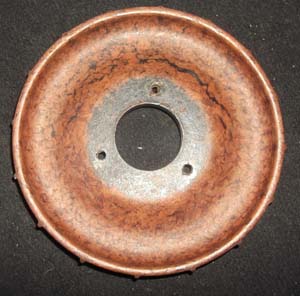 |
AERO Plastic Trim wheel 1 (Cont pg4 No 3)
Here is a trim wheel part number
AS 100-1. We have two available and they measure 15
cm/ 6" diameter.
I have no idea which
aircraft they fit but suspect they are generic if you can
help ID them please
contact me
.
Click on
the pictures left to enlarge them.
£275
each


|
|
Click on the
pictures to enlarge


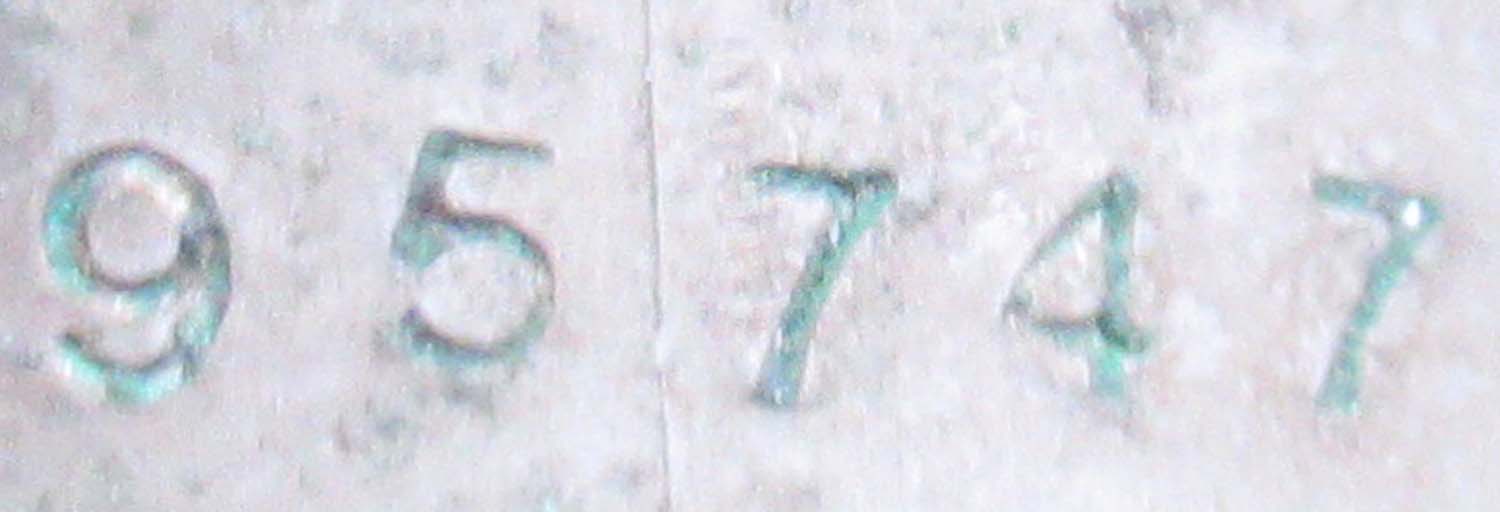
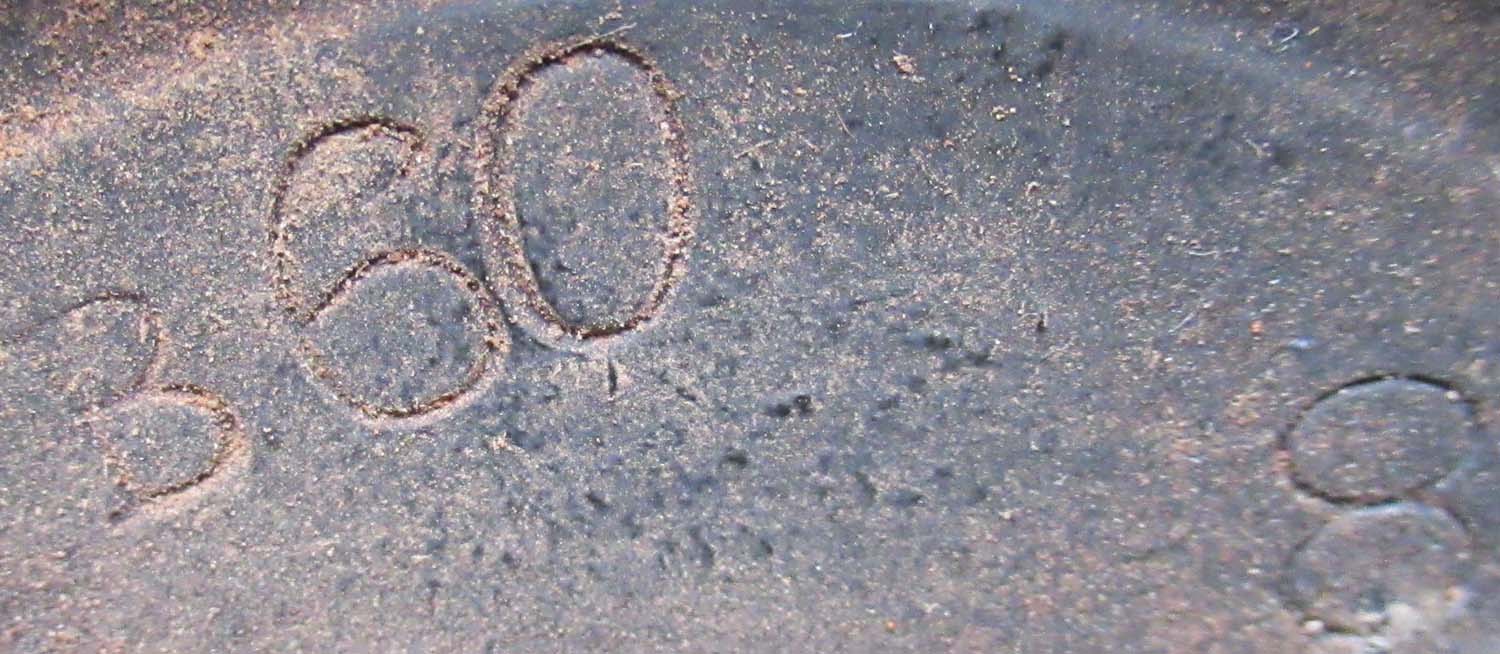
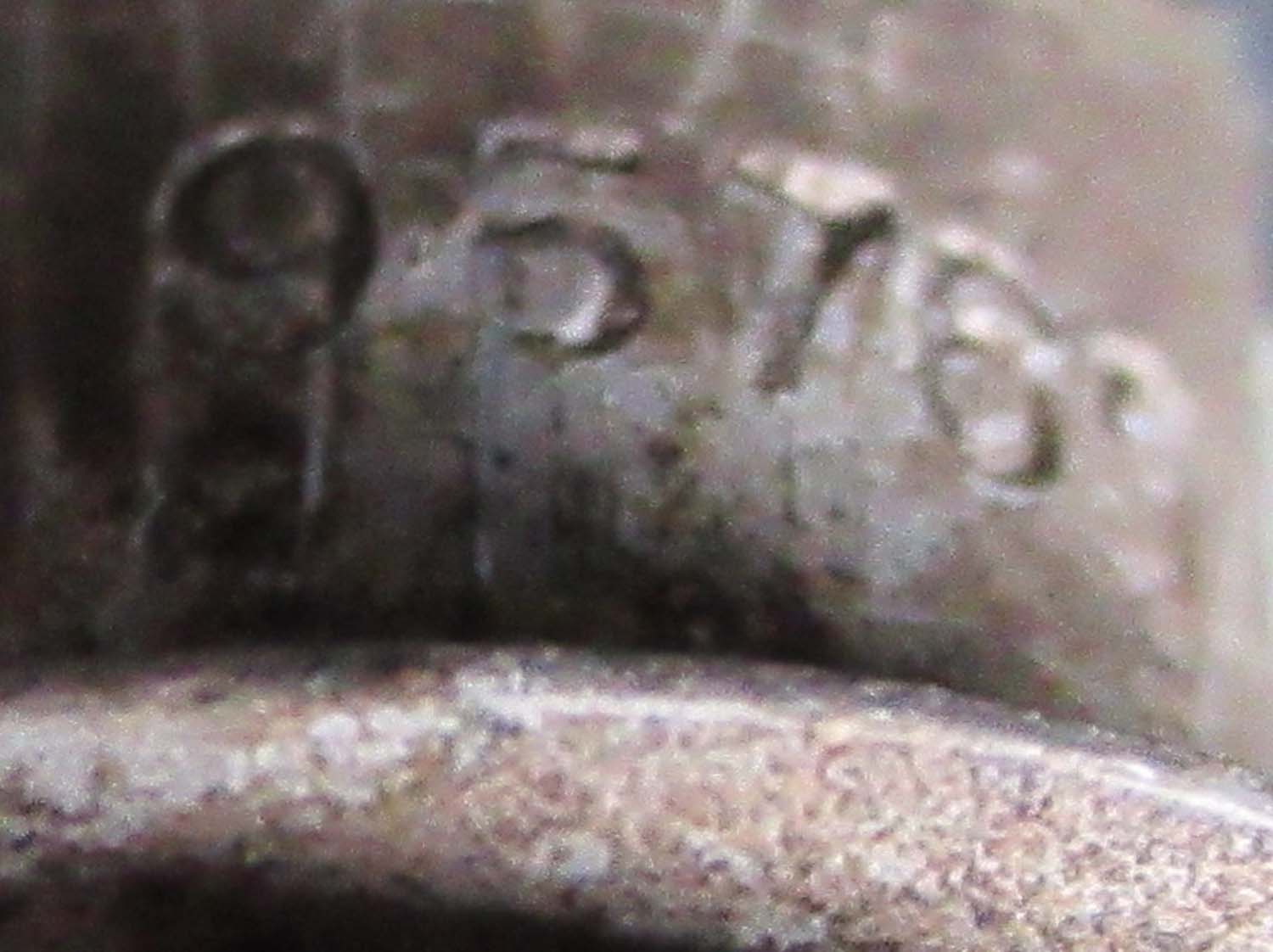
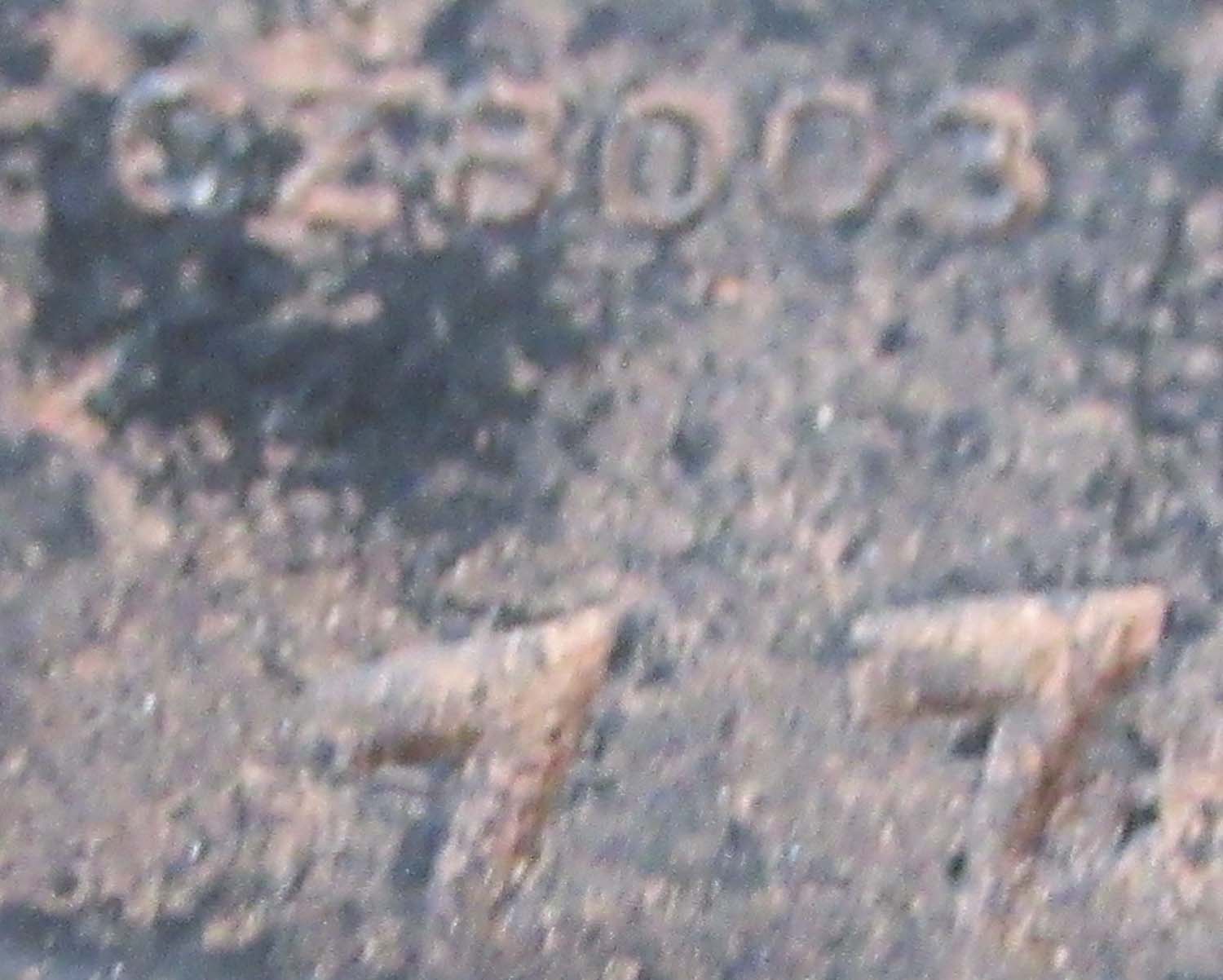 |
Bristol Beaufighter Rudder trim control (Cont
pg4 No 2)
This is a stunning peace and
super rare find in fact the first one I have seen in 20
years this is a rudder trim control from a Bristol
Beaufighter. It is unfortunately seized but could probably
be made functional with a little work.
The Beaufighter was one of
the most impressive RAF aircraft of the war it served as a
night fighter during the Battle of Britain and held the
record for the highest number of night time Kills most
notably in the hands of Cats eyes Cunningham. He was
attributed with exceptional eyesight but was in fact aided
by the secret radar the aircraft carried.
One of the most
heavily armed fighters it was feared by the Japanese and
known as the whispering death due to its relatively quiet
engines.
it served in many
air forces including the USAF and RAAF in many roles
including as a torpedo bomber. The Beaufighter remained in
service until 1960 and was probably Bristols most successful
aircraft of the war.
Click on the
pictures to enlarge
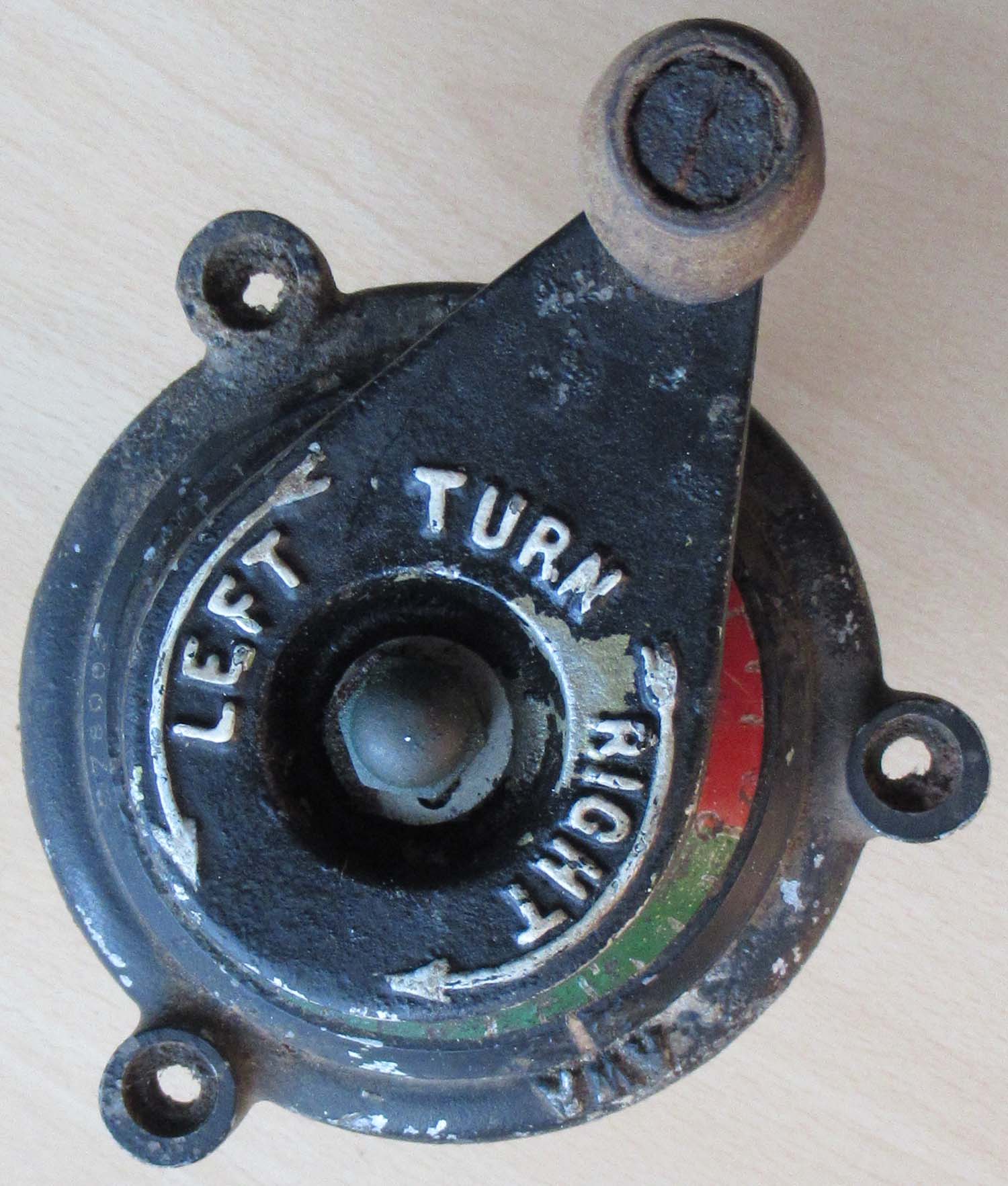 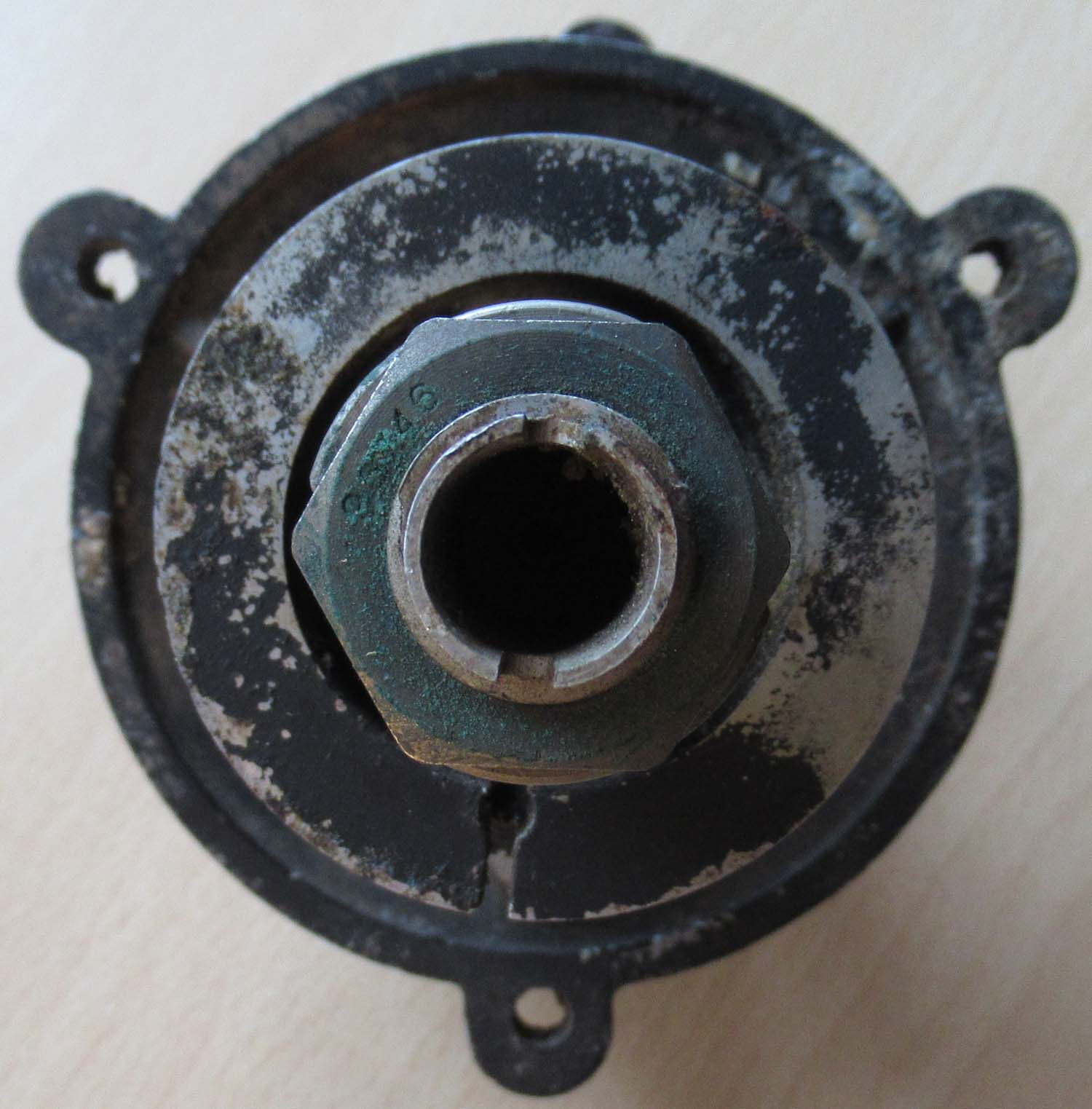 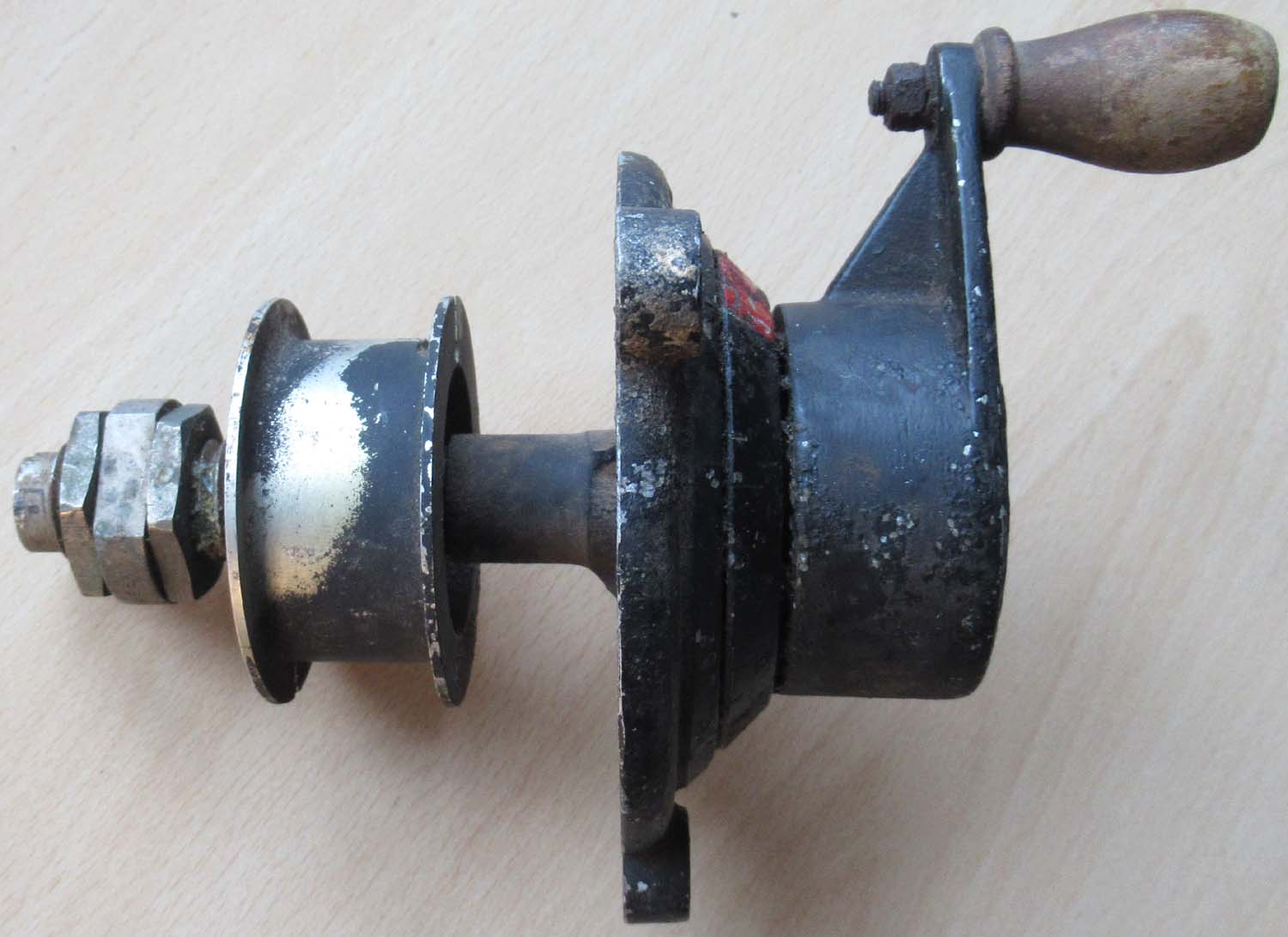 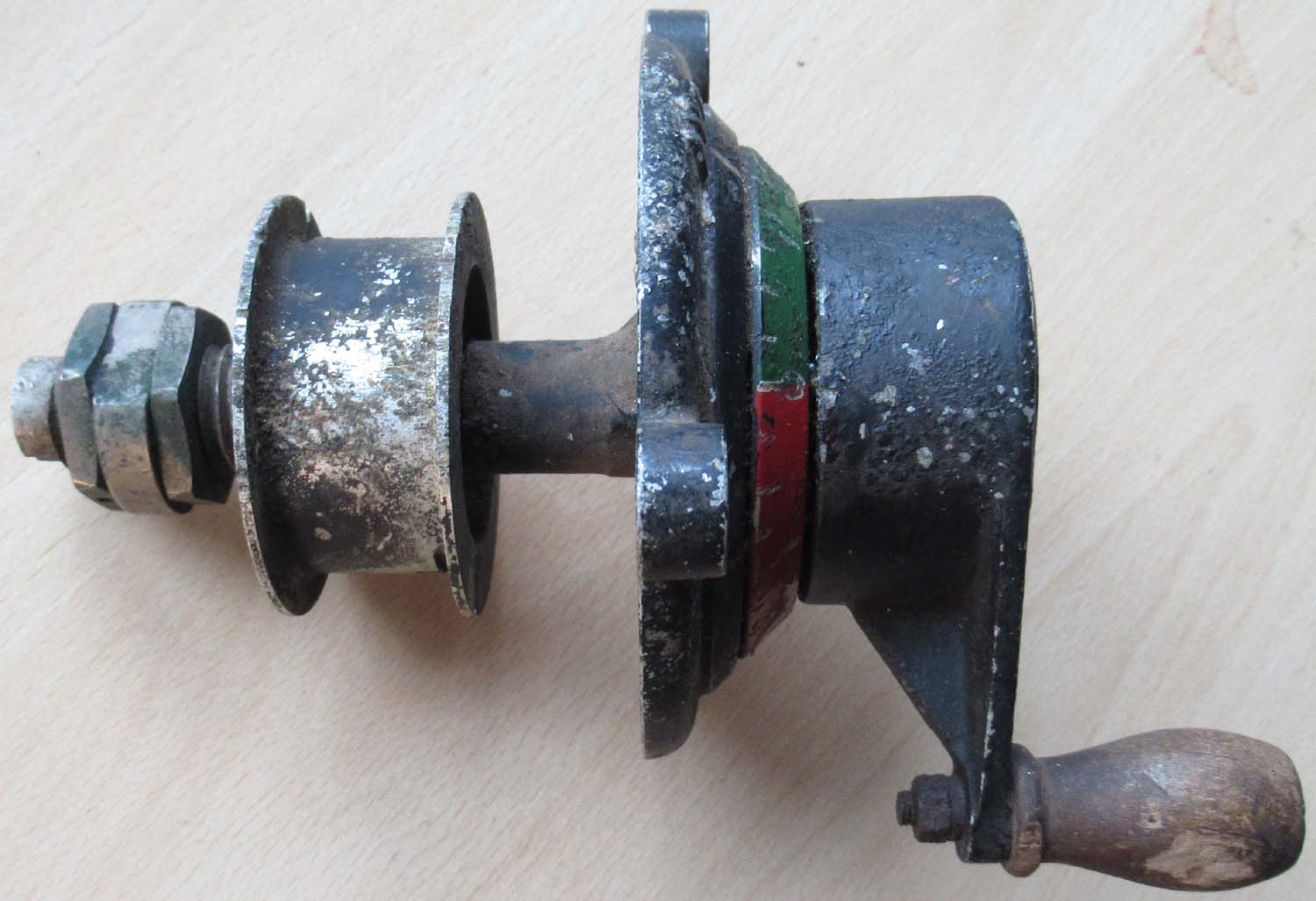
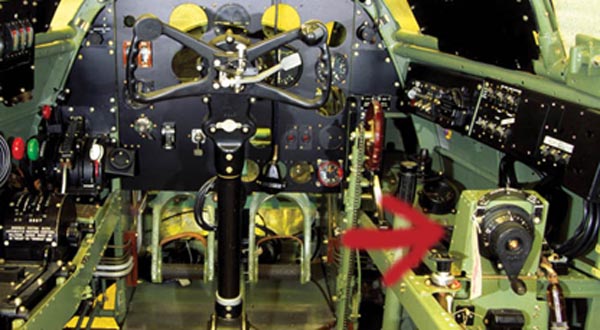 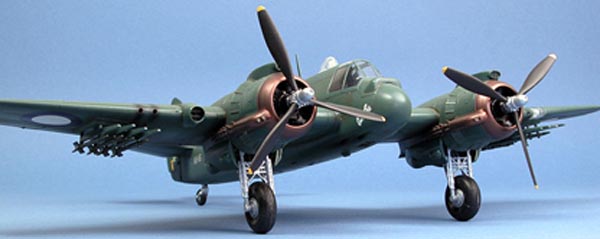
Seen above
the Rudder trim in situ in a Beaufighter
£495


|
|
|

 |
